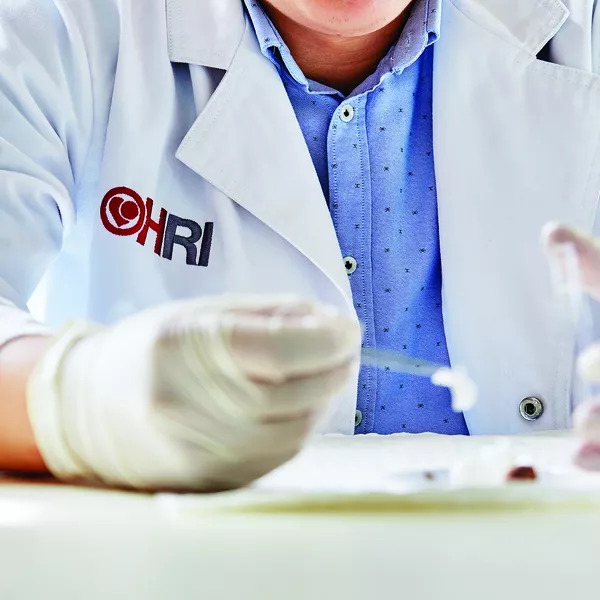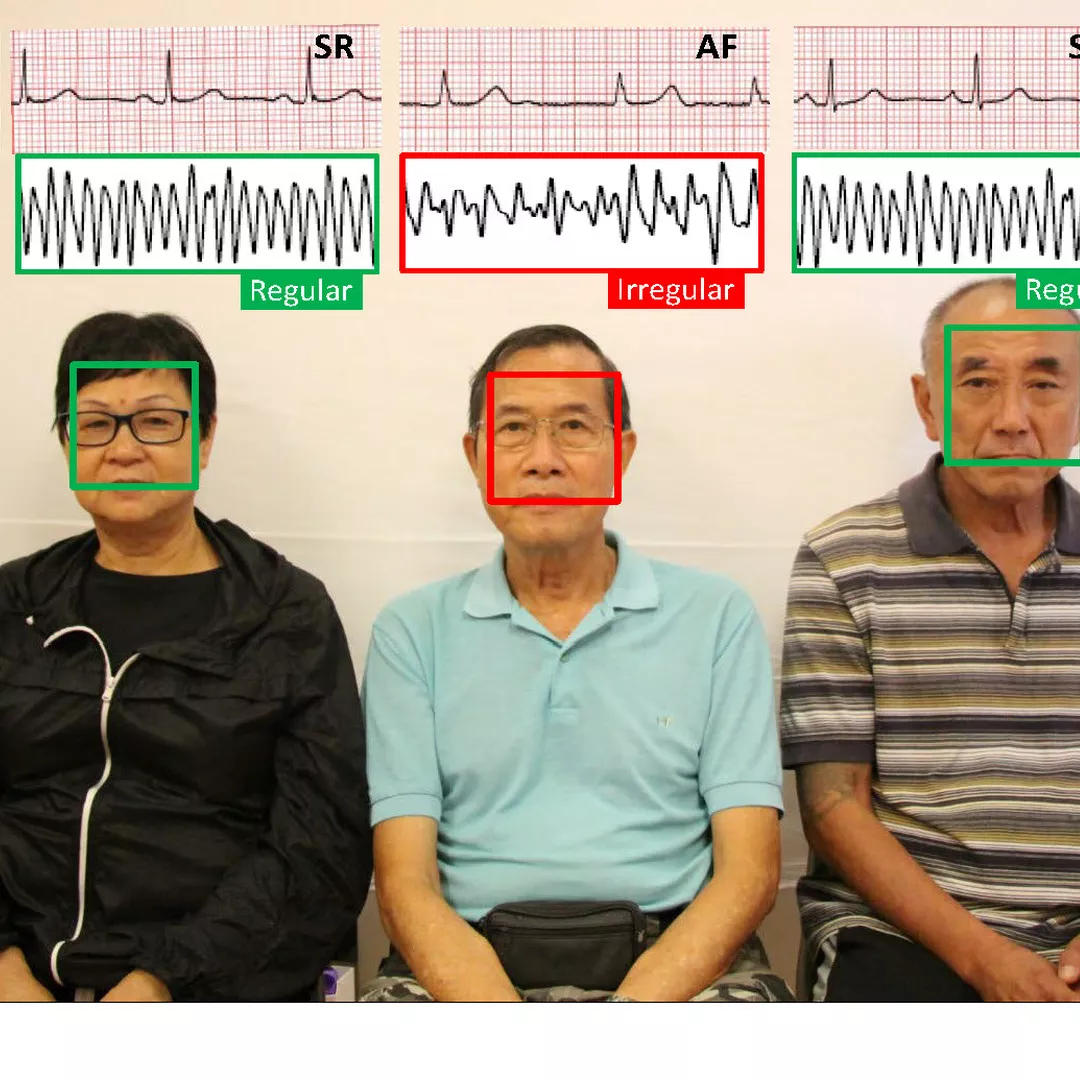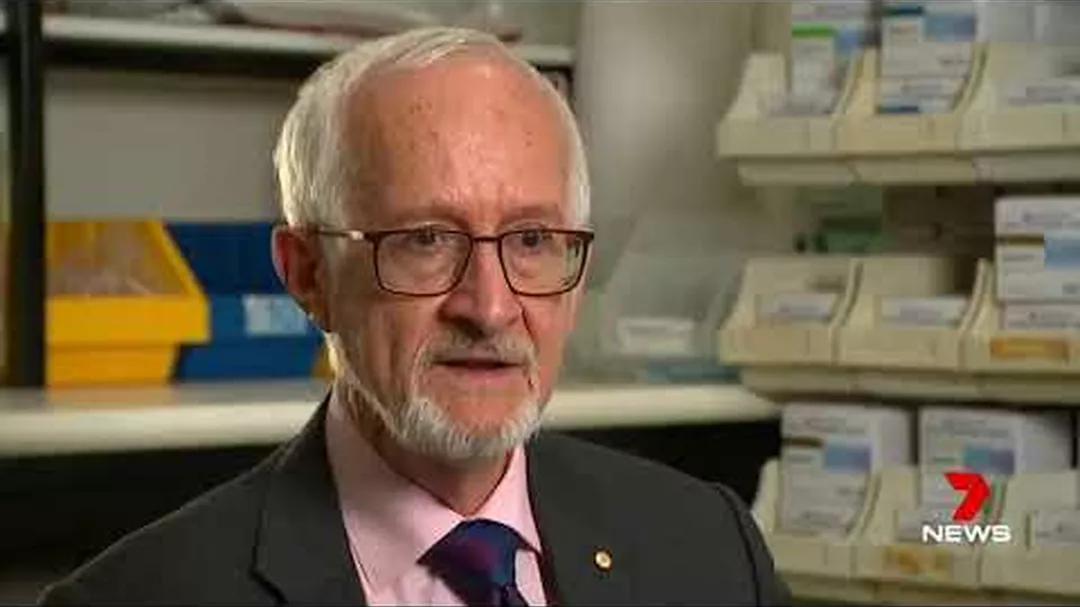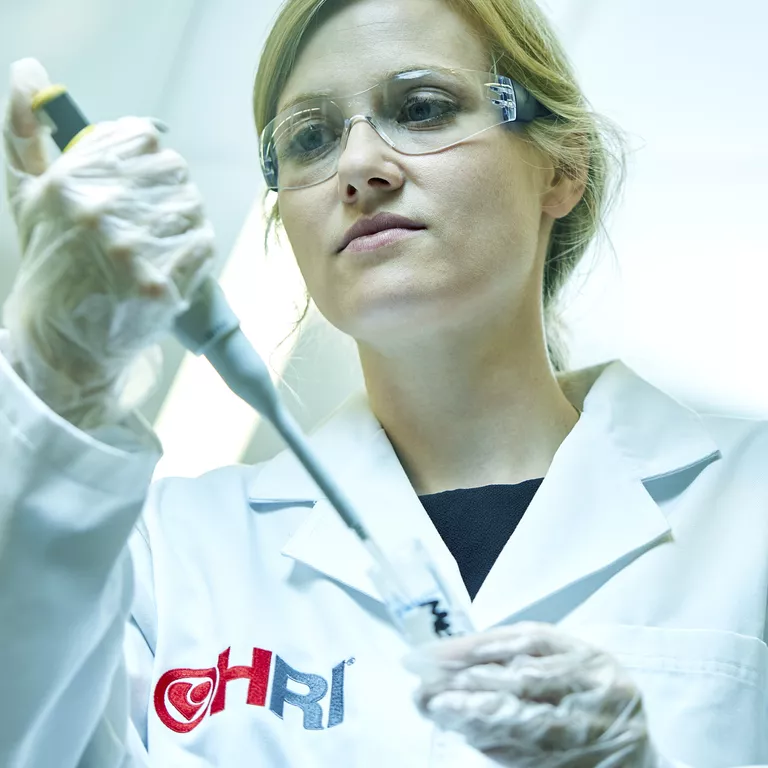
New camera technology can detect deadly heart problems in the faces of multiple people waiting to see their doctor.
Heart Research Institute cardiologist Professor Ben Freedman has contributed to a world-first study that successfully trialled an innovative tool to pick up heart abnormalities in several people by studying their facial features.
The work, published in the prestigious journal JAMA Cardiology, could be rolled out in GP waiting rooms to screen for the common heart condition atrial fibrillation, which triggers catastrophic strokes.
“Sadly, many people experience this type of severe, life-changing stroke, and they don’t know they are even at risk of it until it’s too late,” says Professor Freedman, HRI’s Deputy Director Research Strategy.
Atrial fibrillation, or AF, is a common irregular heart rhythm disorder that causes poor blood flow to the body and interferes with the normal pumping of the heart. Irregular pumping allows clots to form that can break off and enter the arteries, blocking blood flow to the brain and causing a stroke.
Traditionally AF is detected with an electrocardiogram (ECG) or pulse check during a consultation, but these all require contact with the patient, Professor Freedman explains. With the new technology, a single camera records facial features on groups of people at once. “The video looks for subtle changes in the skin colour from heartbeat to heartbeat, picking up the silent signs of this dangerous condition,” the specialist says. “The recording is quickly analysed using AI software to make an accurate, contactless diagnosis.”
This low-cost, passive screening method could ensure more AF is detected in the population, preventing more strokes than ever before. “If we can detect AF before a stroke happens and then treat it, then the stroke can be prevented in the first place,” Professor Freedman says.
Currently, the technology requires a person to sit still for one minute to get a result. Patients could ‘opt in’ by sitting in clearly labelled screening areas in a waiting room.
The work, published as a research letter, was carried out by Professor Freedman while he was a visiting professor at the Chinese University of Hong Kong. He collaborated with Hong Kong-based study leader Bryan Yan and colleagues William Lai, Christy Chan and Alex Au, Yukkee Poh and Ming-Zher Poh.
An article about this research appeared in The Australian, Thursday November 28, 2019 as 'How a face scan in the GP waiting room may just save your life.' This research also appeared on Channel 7 News on the same day.
Related research areas



